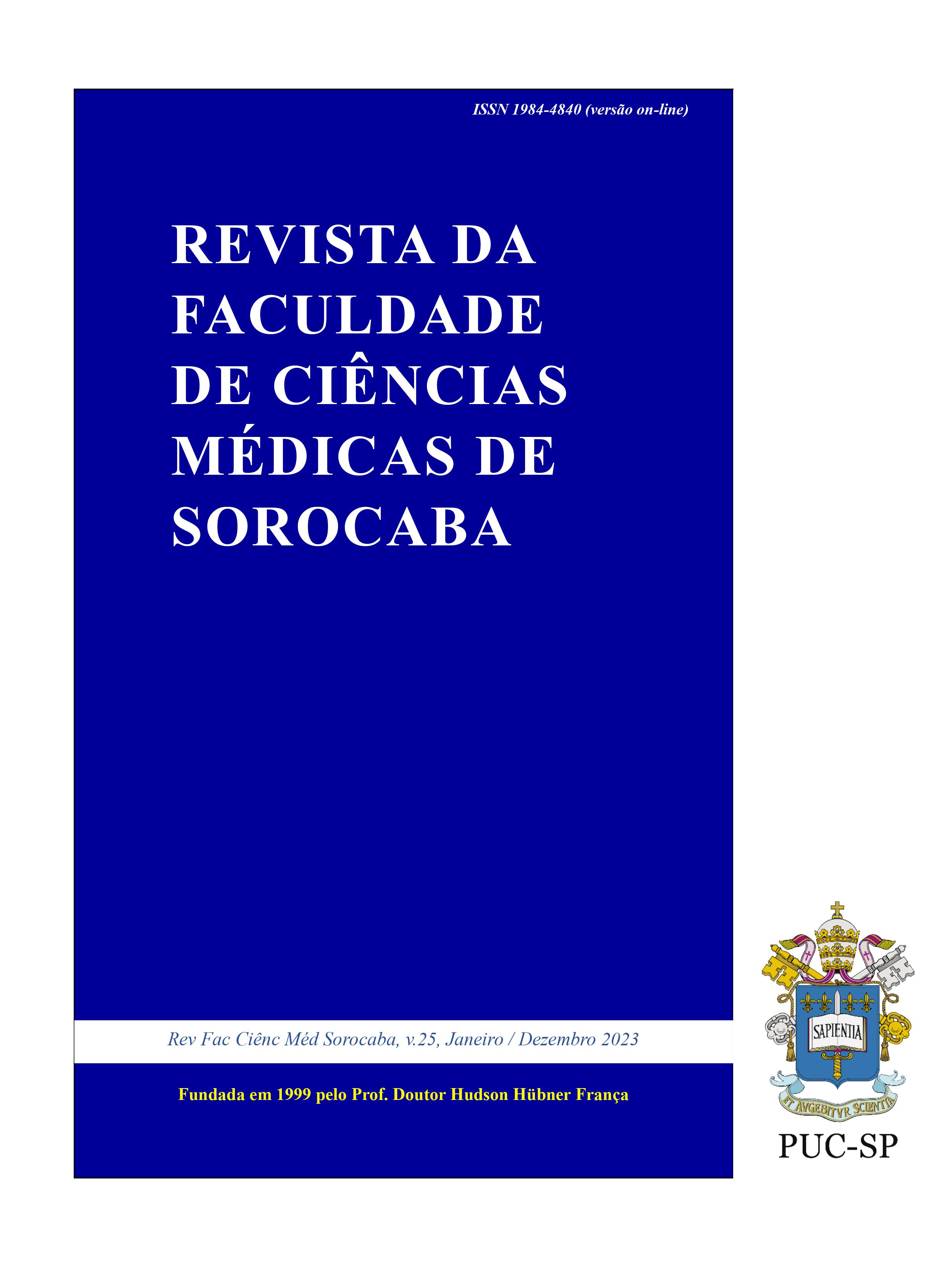Pre-eclampsia
a potentially preventable pathology?
DOI:
https://doi.org/10.23925/1984-4840.2023v25a8Keywords:
Preeclampsia, Pregnancy, Primary prevention, Maternal mortalityAbstract
Objectives: To assess knowledge about pre-eclampsia and its prevention among obstetricians and residents of obstetrics and gynecology. Materials and methods: The study will be carried out by applying a questionnaire that will address issues related to the prevention of PE. This questionnaire will be given to gynecology, obstetrics residents, and obstetricians caring for patients at risk for PE. Results: None of the participants (0%) cited all the high-risk factors for pre-eclampsia, and only 5.41% cited all the clinical criteria for suspected pre-eclampsia. Still, only 5.41% of participants recognized all laboratory criteria for pre-eclampsia. Despite this, the vast majority (85.13%) cited AAS and calcium or just one of them as a prophylactic measure for pre-eclampsia. Conclusion: Despite advances in diagnoses, preventive measures and well-established conducts, morbidity and mortality related to hypertensive syndromes during pregnancy and childbirth remain high. In congruence with the results obtained, we believe that this is due to the lack of identification of risk groups, lack of adequate prevention, difficulty in maintaining a differentiated prenatal follow-up, delay in making the diagnosis, reduction in the use of magnesium sulfate, delay in the conduct of interruption of pregnancy and lack of puerperal follow-up of these at-risk patients.
References
von Dadelszen P, Payne B, Li J, Ansermino JM, Broughton Pipkin F, et al.; PIERS Study Group. Prediction of adverse maternal outcomes in pre-eclampsia: development and validation of the fullPIERS model. Lancet. 2011;377(9761):219-27. doi: 10.1016/S0140-6736(10)61351-7.
Khan KS, Wojdyla D, Say L, Gülmezoglu AM, Van Look PF. WHO analysis of causes of maternal death: a systematic review. Lancet. 2006;367(9516):1066-74. doi: 10.1016/S0140-6736(06)68397-9.
Health Canada. Special report on maternal mortality and severe morbidity in Canada - enhanced surveillance: the path to prevention [Internet]. Ottawa: Minister of Public Works and Government Services Canada; 2004 [acesso em: 16 ago. 2023]. Disponível em: http:// www.publications.gc.ca
Roberts JM, Cooper DW. Pathogenesis and genetics of pre-eclampsia. Lancet. 2001;357(9249):53-6. doi: 10.1016/s0140-6736(00)03577-7.
Cerdeira AS, Karumanchi SA. Angiogenic proteins as aid in the diagnosis and prediction of preeclampsia. Scand J Clin Lab Invest Suppl. 2010;242:73-8. doi: 10.3109/00365513.2010.493400.
Hypertension in pregnancy. Report of the American College of Obstetricians and Gynecologists’ Task Force on Hypertension in Pregnancy. Obstet Gynecol. 2013;122(5):1122-31. doi: 10.1097/01.AOG.0000437382.03963.88.
Broekhuijsen K, van Baaren GJ, van Pampus MG, Ganzevoort W, Sikkema JM, Woiski MD, et al; HYPITAT-II study group. Immediate delivery versus expectant monitoring for hypertensive disorders of pregnancy between 34 and 37 weeks of gestation (HYPITAT-II): an open-label, randomised controlled trial. Lancet. 2015;385(9986):2492-501. doi: 10.1016/S0140-6736(14)61998-X. Epub 2015 Mar 25. Erratum in: Lancet. 2016 27;387(10021):848.
Duley L. The global impact of pre-eclampsia and eclampsia. Semin Perinatol. 2009;33(3):130-7. doi: 10.1053/j.semperi.2009.02.010.
Thadhani R, Kisner T, Hagmann H, Bossung V, Noack S, Schaarschmidt W, et al. Pilot study of extracorporeal removal of soluble fms-like tyrosine kinase 1 in preeclampsia. Circulation. 2011;124(8):940-50. doi: 10.1161/CIRCULATIONAHA.111.034793.
Downloads
Additional Files
Published
How to Cite
License
Copyright (c) 2023 Revista da Faculdade de Ciências Médicas de Sorocaba

This work is licensed under a Creative Commons Attribution-NonCommercial 4.0 International License.
Os autores no momento da submissão transferem os direitos autorais, assim, os manuscritos publicados passam a ser propriedade da revista.
O conteúdo do periódico está licenciado sob uma Licença Creative Commons 4.0, esta licença permite o livre acesso imediato ao trabalho e que qualquer usuário leia, baixe, copie, distribua, imprima, pesquise ou vincule aos textos completos dos artigos, rastreando-os para indexação, passá-los como dados para o software, ou usá-los para qualquer outra finalidade legal.

 Este obra está licenciada com uma Licença
Este obra está licenciada com uma Licença 